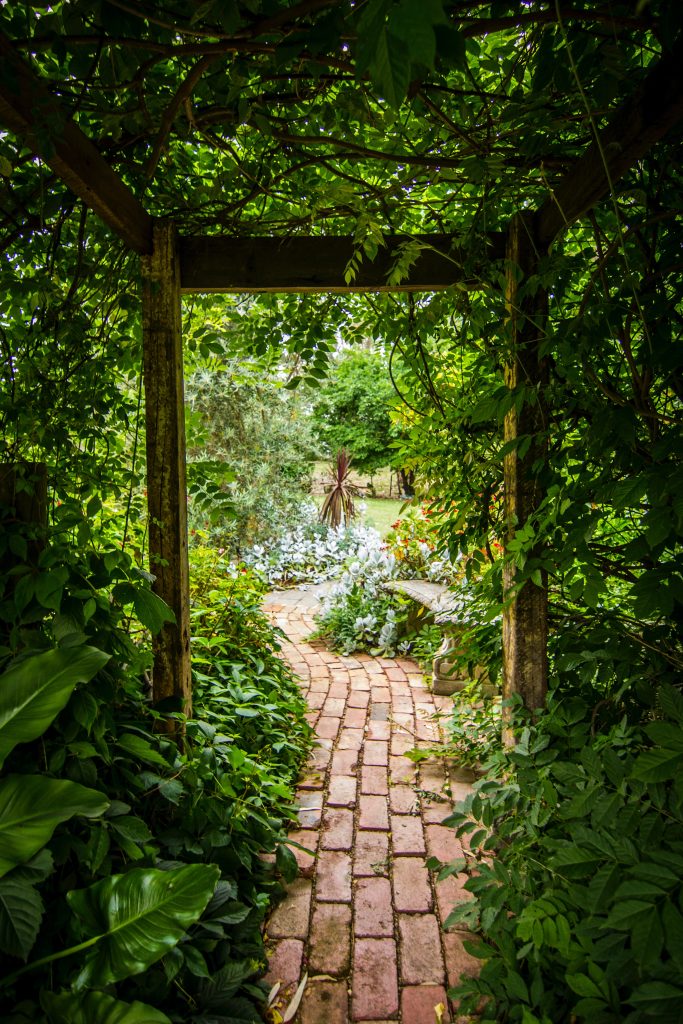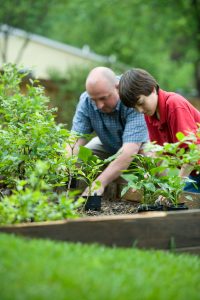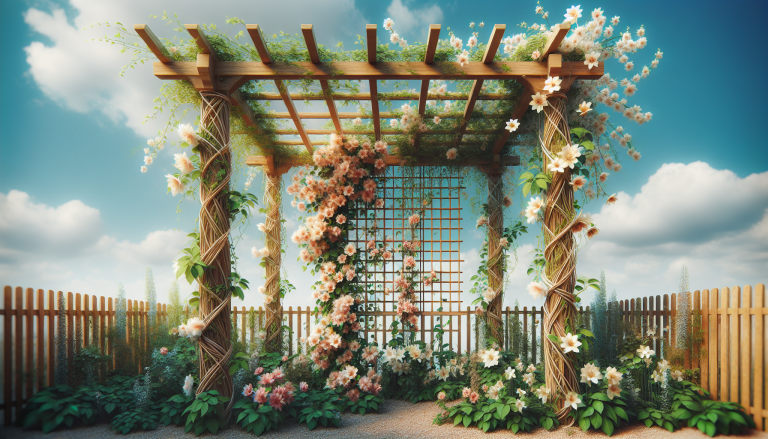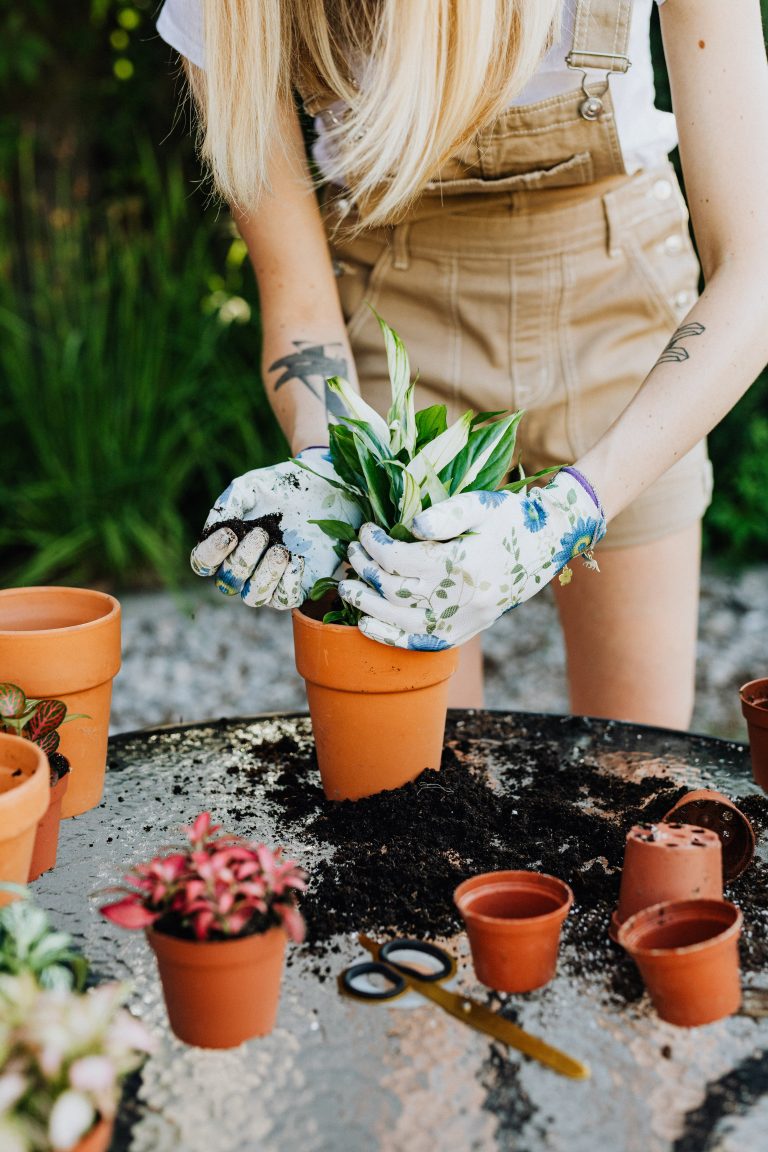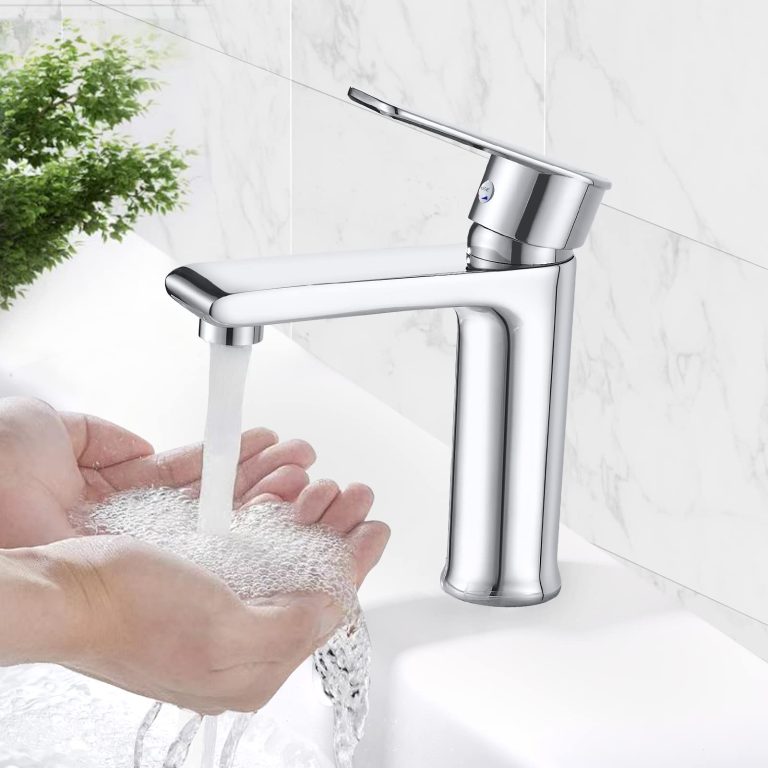Designing a garden that is safe for both children and pets can seem like a challenging task, but with a few simple considerations, you can create a space that is not only aesthetically pleasing but also provides a secure environment. From choosing child-friendly and pet-safe plants to implementing effective fencing and protective measures, this article will guide you on designing a garden that will allow your little ones and furry friends to enjoy the outdoors without any worries. So, let’s explore some practical tips and ideas to ensure a safe and enjoyable garden experience for everyone.
Table of Contents
ToggleChoosing Safe Plants
Avoiding toxic plants
When selecting plants for your garden, it is essential to avoid those that are toxic to children and pets. Some common plants such as lilies, azaleas, and daffodils can be harmful if ingested. Do thorough research or consult with a local garden center to identify and avoid any toxic plants.
Considering allergies
Another factor to consider when choosing plants is allergy sensitivity. Some individuals, both children, and pets, may have allergies to certain types of plants. It is crucial to select plants that are less likely to cause allergic reactions, such as low-pollen plants or those with non-irritating properties.
Selecting non-thorny plants
To ensure the safety of both children and pets, opt for plants that do not have thorns. Roses or cacti, for example, can pose a hazard and cause injury. Instead, choose plants that have smooth branches and leaves, reducing the risk of accidental scratches or punctures.
Avoiding plants with sharp edges
Similarly, it is crucial to avoid plants with sharp edges. Plants with serrated leaves or spiky protrusions can potentially cause harm if someone accidentally brushes against them. Opt for plants with soft and rounded foliage to minimize the risk of injury.
Creating Safe Boundaries
Installing sturdy fences
To provide a safe and secure outdoor space, it is essential to install sturdy fences around your garden. A durable fence will act as a physical barrier, preventing children and pets from accidentally wandering off or entering potentially dangerous areas.
Using childproof gates
When designing your garden, consider installing childproof gates at various entry points. These gates are designed to be difficult for young children to open, ensuring that they remain safely within the boundaries of your garden.
Adding latches and locks
To further enhance the security of your garden, install latches or locks on gates and fences. This will prevent unauthorized access and keep children and pets protected from potential hazards outside of the garden.
Installing pet-friendly fencing
If you have pets, consider using specially designed pet-friendly fencing. Some fences have smaller gaps between the bars, preventing smaller pets from squeezing through and escaping. Additionally, ensure that the fence is high enough to discourage jumping or climbing over.
Eliminating Toxic Substances
Avoiding harmful chemicals
When maintaining your garden, it is crucial to avoid using harmful chemicals such as pesticides or herbicides. These substances can be toxic to both children and pets if ingested or exposed to for an extended period. Opt for natural and organic alternatives to protect the health and well-being of everyone in the garden.
Opting for organic pest control
Insects and pests can be a nuisance in a garden, but it is important to choose pest control methods that are safe for children and pets. Organic pest control options, such as neem oil or introducing beneficial insects, can effectively keep pests at bay while keeping the garden free from harmful chemicals.
Choosing pet-friendly fertilizers
When fertilizing your garden, select fertilizers that are safe for pets. Avoid products that contain toxic substances like bone meal or cocoa mulch, as they can pose a risk if ingested by curious pets. Opt for organic and pet-friendly fertilizers to maintain a healthy garden environment.
Removing poisonous plants
Regularly inspect your garden for any potentially poisonous plants and promptly remove them. Some common examples of poisonous plants include oleander, foxglove, and castor beans. Educate yourself on the different types of toxic plants and ensure they are not present in your garden.
Designing Play Areas
Including a designated play zone
To cater to the needs of children and pets, it is essential to allocate a designated play area within your garden. This area should be distinct from other sections and provide ample space for activities and playtime.
Installing soft and safe surfaces
Ensure that the play area has a soft and safe surface, such as rubber mulch or artificial grass. This will cushion falls and reduce the risk of injuries if any accidents occur during play.
Choosing age-appropriate equipment
When selecting outdoor play equipment, consider the age of your children and pets. Ensure that the equipment is suitable for their size and developmental stage, minimizing any potential hazards or dangers.
Ensuring proper visibility
To ensure the safety of children and pets while playing in the designated area, maintain proper visibility from other areas of the garden. Trim any overgrown plants or shrubs that might obstruct the view, allowing you to supervise and monitor activities effectively.
Providing Shade and Shelter
Planting shade trees and shrubs
To protect children and pets from the sun’s harmful rays, plant shade trees and shrubs throughout your garden. These natural sources of shade will provide a cool and comfortable environment for everyone to enjoy.
Creating covered seating areas
Consider incorporating covered seating areas in your garden design. These spaces can offer relief from the sun or shelter during light rain, ensuring that both children and pets can relax and enjoy the outdoors without overexposure or discomfort.
Installing outdoor pet houses
If you have pets, provide them with a dedicated outdoor shelter, such as a pet house or kennel. These structures can protect pets from inclement weather and provide them with a safe and secure space within the garden.
Using sunshades or umbrellas
For areas that do not have natural shade, consider using sunshades or umbrellas. These portable options can be easily adjusted to provide shade as needed, ensuring that children and pets can seek protection from direct sunlight when required.
Ensuring Proper Drainage
Designing proper slopes
When planning your garden, ensure that the ground is properly sloped to facilitate adequate drainage. This will prevent water from pooling or collecting in certain areas, reducing the risk of slips and falls for both children and pets.
Installing drainage systems
For areas prone to excessive water accumulation or poor natural drainage, consider installing a proper drainage system. This can include French drains or drainpipes to efficiently divert excess water away from the garden, minimizing the chances of standing water.
Using porous materials for paths
Use porous materials such as gravel or pavers with gaps in between for garden paths. These materials allow water to filter through, preventing water accumulation and reducing the risk of slips or falls on wet surfaces.
Avoiding standing water
Standing water can be a breeding ground for mosquitoes and other pests, making it essential to eliminate any areas where water accumulates. Regularly check for and remove any potential sources of standing water, such as birdbaths or improperly drained containers.
Securing Ponds and Water Features
Adding protective barriers
If you have ponds or water features in your garden, it is necessary to add protective barriers such as fences or gates. This prevents children and pets from accidentally falling into the water, reducing the risk of drowning or injury.
Avoiding deep water areas
When designing your pond or water feature, avoid creating deep water areas that can pose a danger to children and pets. Ensure that there are gradual slopes or shallow sections where they can safely enter and exit the water.
Using childproof covers
To provide an additional layer of protection, consider using childproof covers for ponds or water features. These covers are designed to support the weight of a child or pet, preventing accidental access to the water.
Ensuring easy exit points for pets
For pets that enjoy swimming or playing near water, ensure that there are easily accessible exit points. Providing steps or ramps within the water feature will allow pets to safely exit the water when they are done playing.
Minimizing Tripping Hazards
Keeping pathways clear
Regularly inspect and clear garden pathways of any potential tripping hazards. Remove debris, fallen branches, or any obstructive objects to ensure a safe and unobstructed passage for both children and pets.
Avoiding loose gravel or stones
While gravel pathways can be aesthetically pleasing, loose gravel or stones can be a tripping hazard. Opt for compacted gravel or choose alternative materials such as pavers or concrete for more stable and secure pathways.
Creating well-defined edges
Maintain well-defined edges along pathways and garden beds to prevent any accidental trips or falls. Use borders or edging materials to clearly define these areas and create a visual guide for safe navigation through the garden.
Using non-slip surfaces
To enhance safety, consider using non-slip surfaces, particularly in areas that may become slippery when wet. Choose materials such as textured tiles or rubberized surfaces for decks, patios, and other high-traffic areas.
Preventing Accidental Ingestion
Removing small toys or objects
Regularly inspect your garden for small toys or objects that could be choking hazards for young children or pets. Remove any loose items that could be accidentally ingested and pose a risk to their health and well-being.
Avoiding edible plants
To prevent accidental ingestion of potentially harmful plants, avoid planting edible plants in your garden. Children and pets may be tempted to nibble on leaves or berries, which could lead to poisoning or gastrointestinal issues.
Teaching children and pets to avoid eating from the garden
Educate your children and pets about the importance of not eating anything from the garden unless explicitly given to them. Teach them to identify and avoid plants that could be harmful if ingested.
Using deterrents for pets
If you have pets that are particularly curious or prone to investigating the garden, consider using pet-friendly deterrents. These can include natural repellents or physical barriers to discourage them from accessing potentially harmful areas or plants.
Maintaining a Clean and Tidy Garden
Regularly picking up toys and tools
To minimize the risk of accidents and injuries, develop a habit of regularly picking up and storing toys and gardening tools. Leaving them strewn across the garden can create tripping hazards for both children and pets.
Trimming overgrown plants and branches
Overgrown plants and branches can impede visibility and pose risks for children and pets. Regularly trim back any overgrowth to ensure clear paths and a safe environment for everyone using the garden.
Removing fallen leaves and debris
Fallen leaves and debris can accumulate over time, creating potential slip and trip hazards. Regularly rake up and remove these from your garden to maintain a clean and safe space for children and pets.
Keeping surfaces free from moss or algae
Moss or algae can make surfaces slippery and pose a risk for falls. Regularly clean and remove any moss or algae buildup from decks, patios, or other surfaces within the garden to prevent accidents.
By following these guidelines, you can design a garden that is safe and enjoyable for both children and pets. Remember to regularly inspect and maintain your garden to ensure ongoing safety and well-being for everyone.

